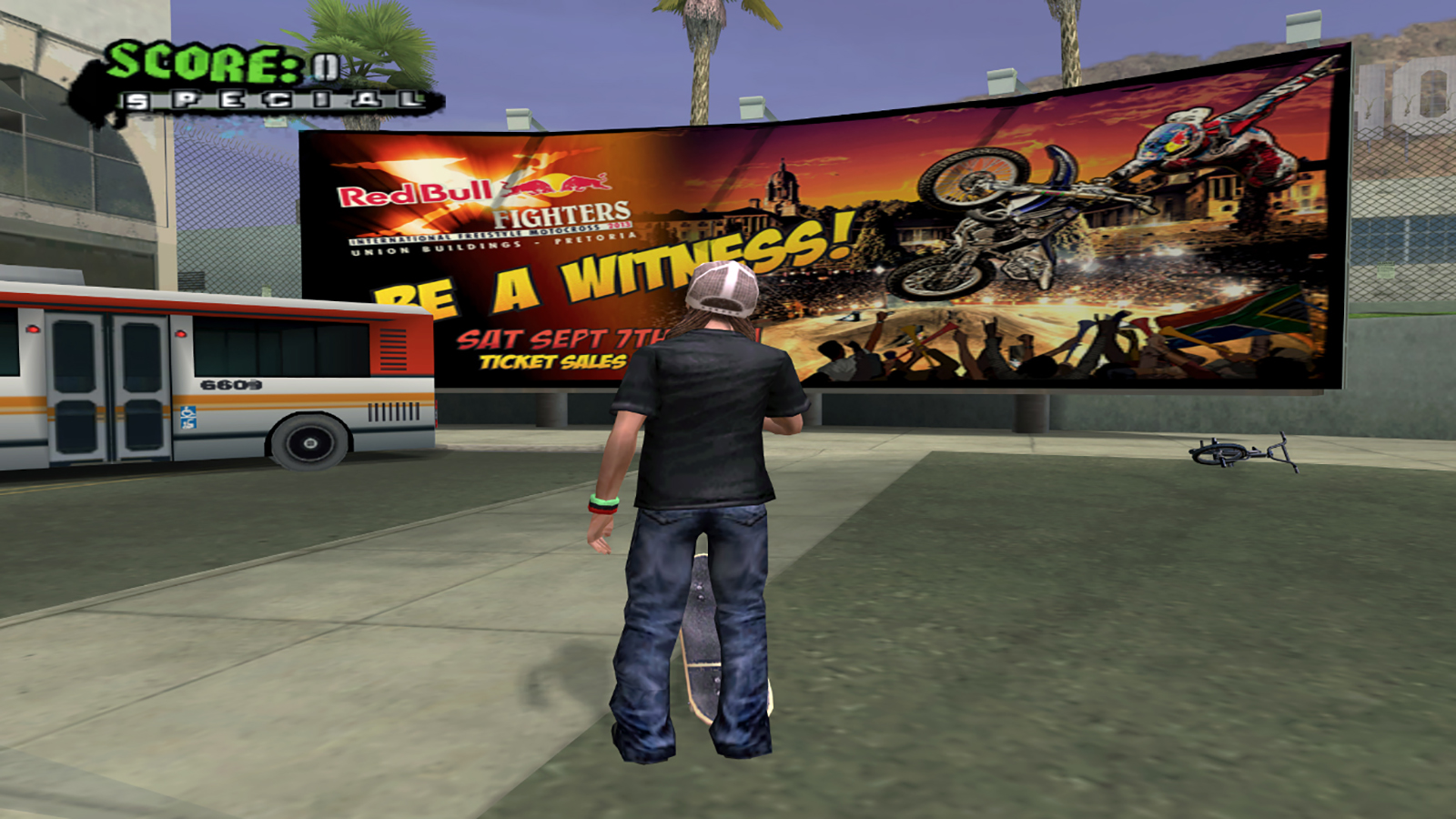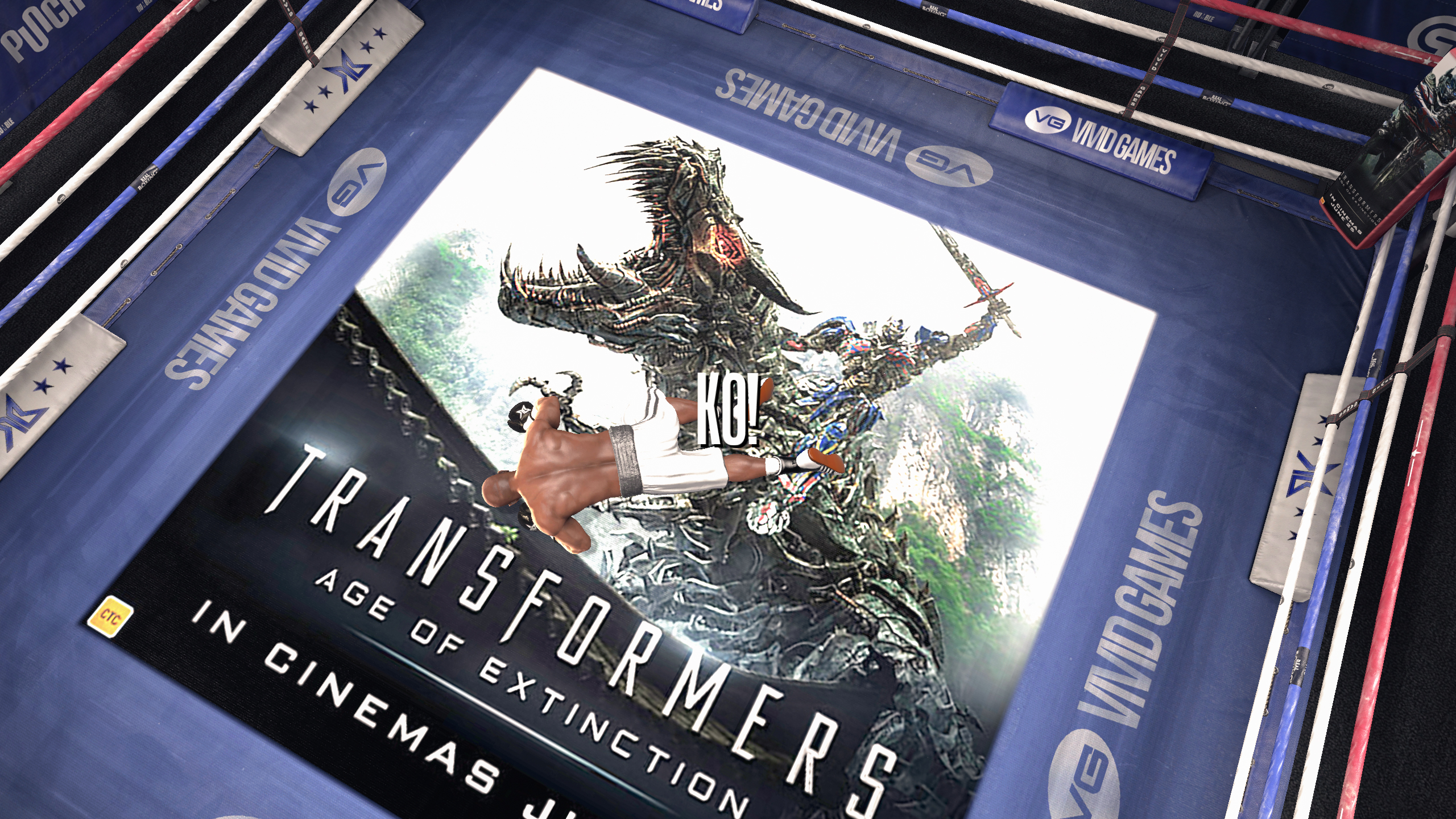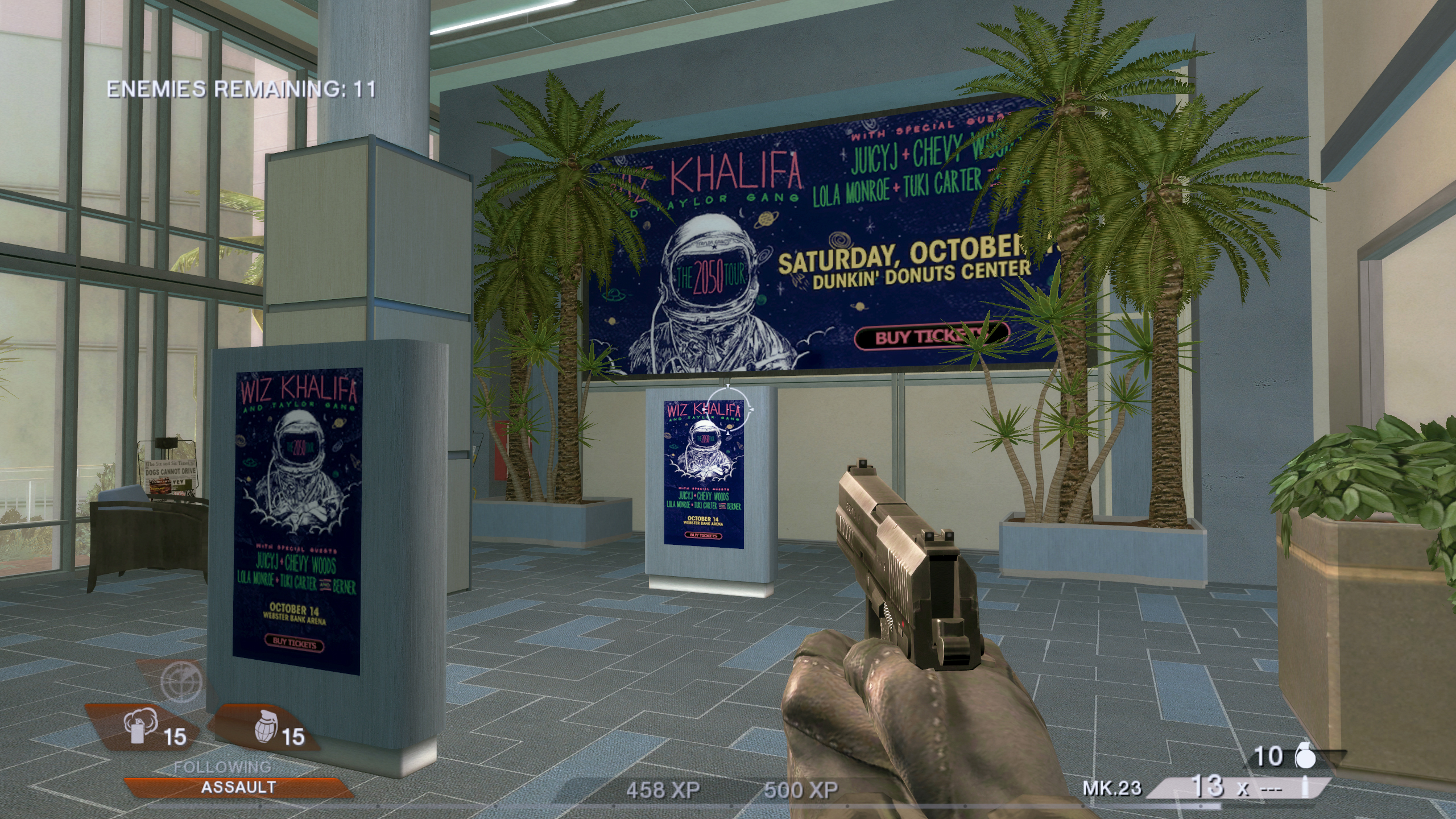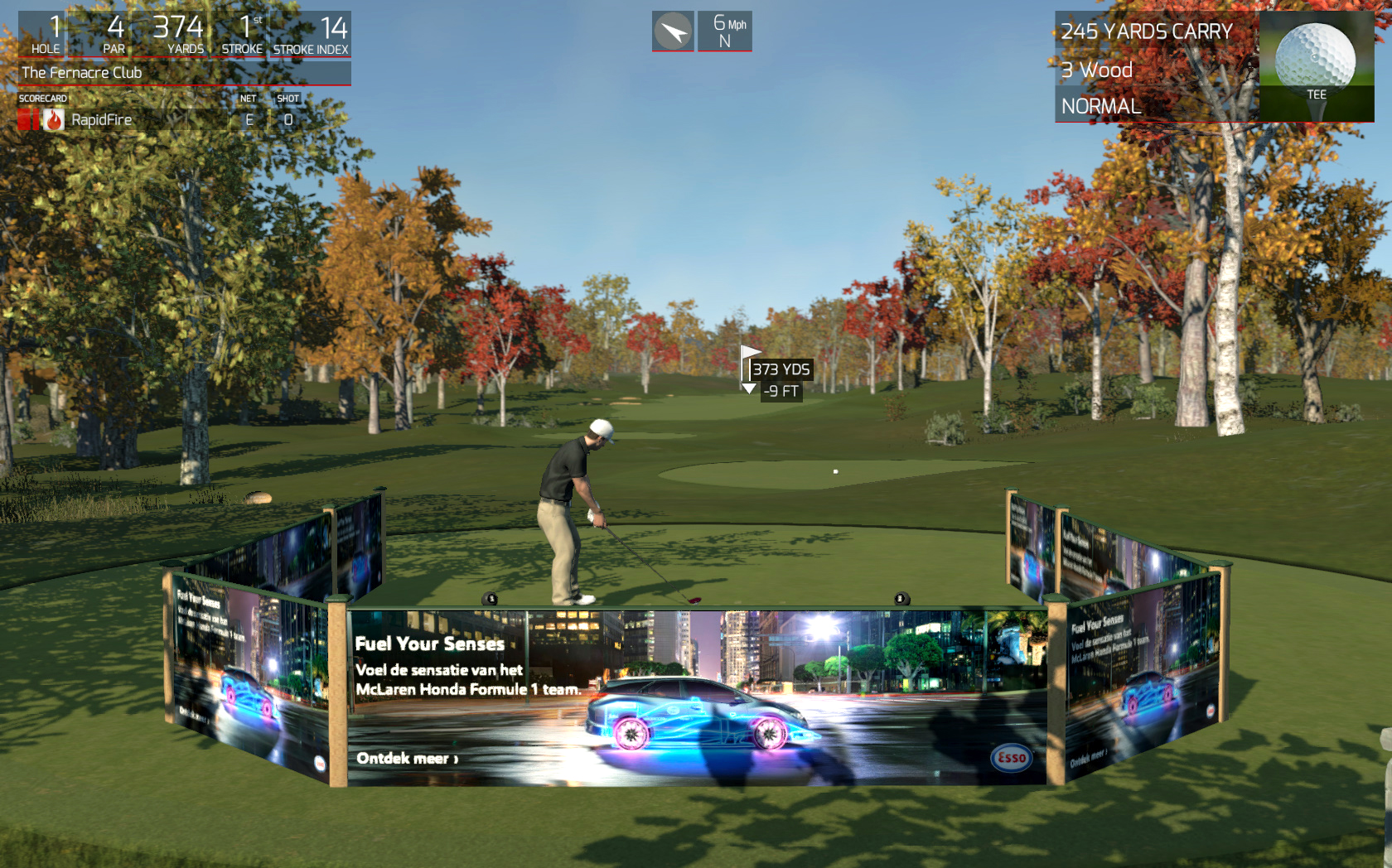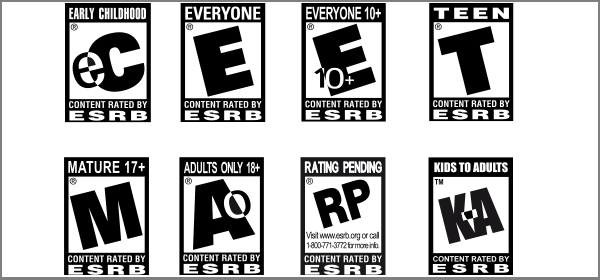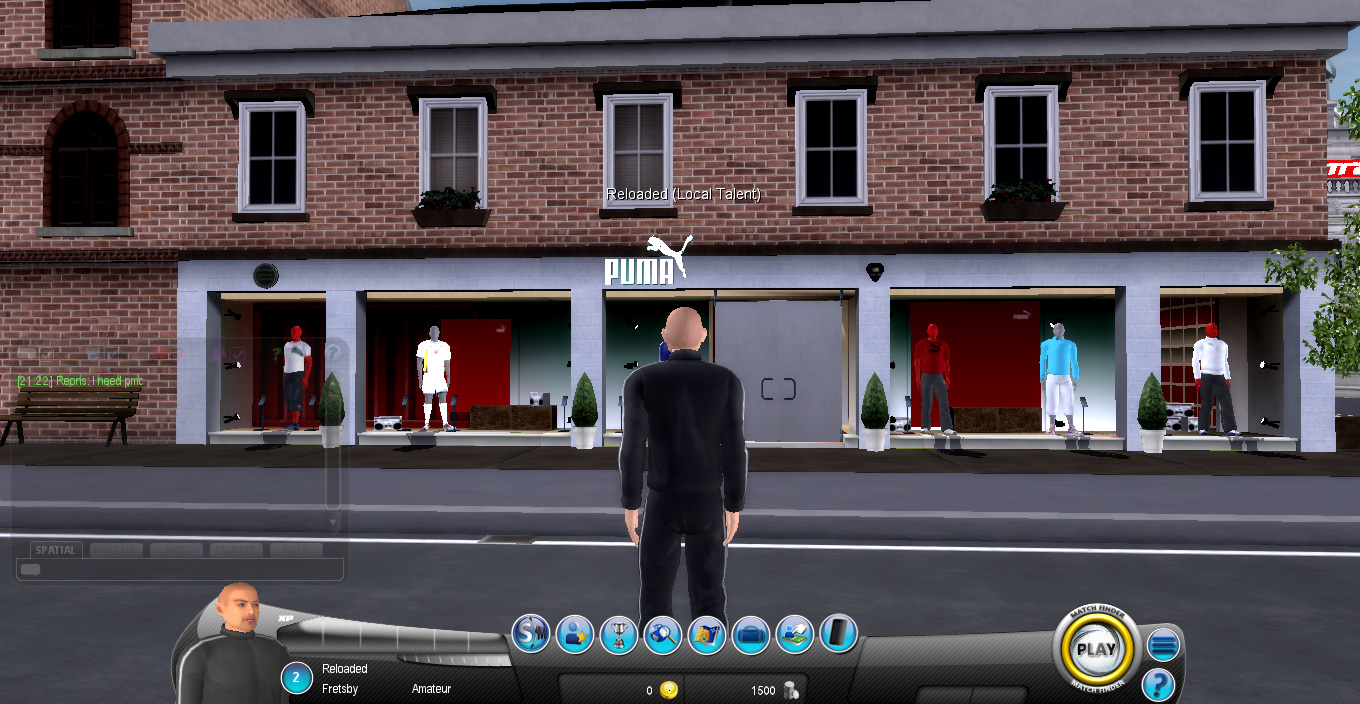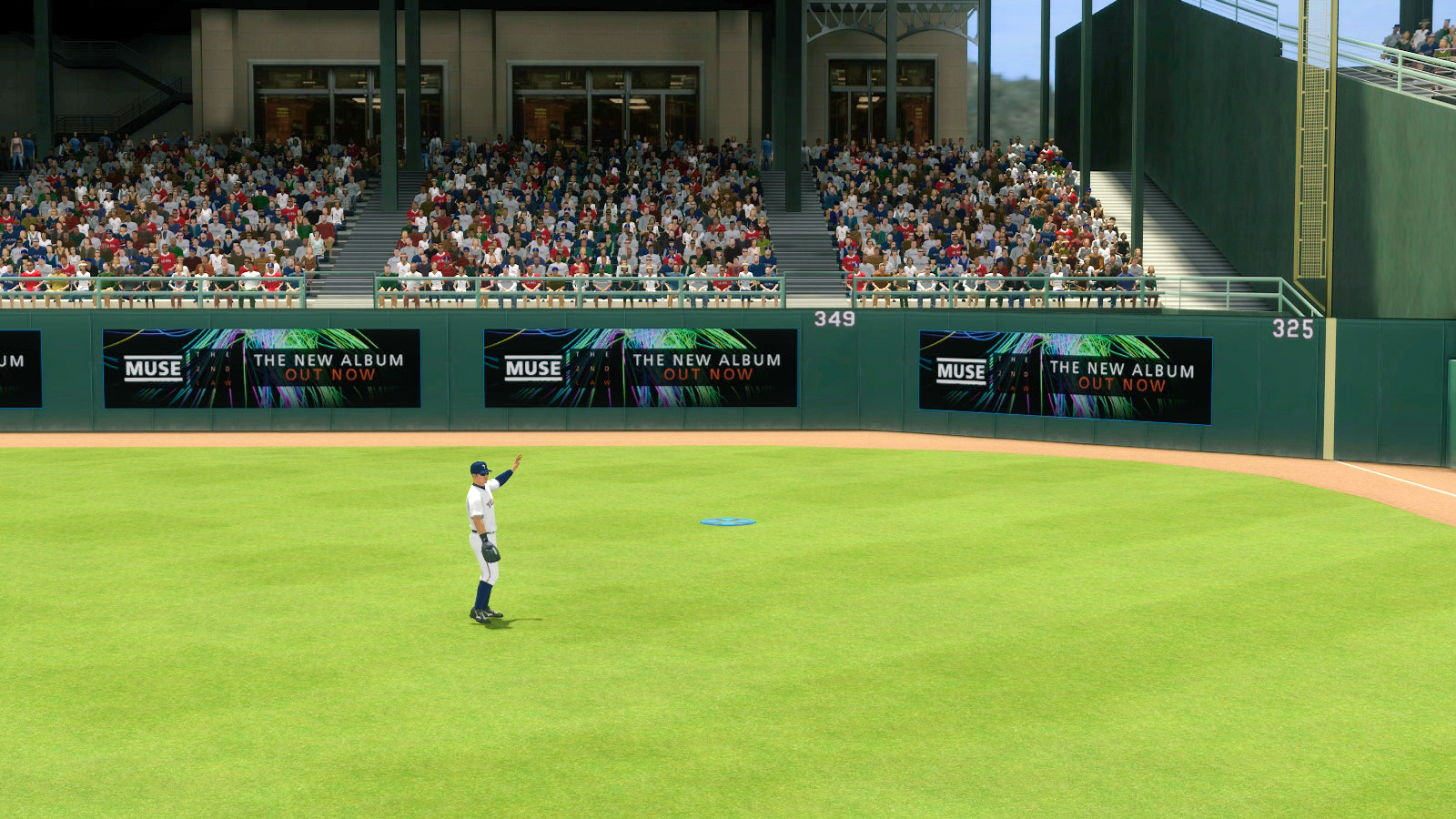Dynamic In-Game Advertising (DIGA) is a really unique and effective advertising channel, as it allows for a wide variety of targeting and delivery options. Did you know that DIGA supports geo-targeting, day-parting, and frequency capping? – That’s right, almost all the same functionalities that you can find with most other online display advertising channels.
One of the lesser known but equally important capabilities of dynamic in-game advertising, is that media buyers can actually strategically age target their ads. This targeting method is not achieved within the ad server, as is the case with the latter, but by utilizing the Entertainment Software Rating Board (ESRB) which applies a rating to all commercial video games.
Common ESRB ratings for video games include ‘E’ for Everyone, ‘T’ for Teen, and ‘M’ for Mature. By knowing the ratings of each of the video games in our in-game advertising network, we’re able to determine which video games are best suited for advertisers and media buyers.
Take for example an energy drink brand, like Red Bull, whom we recently ran a campaign for. Red Bull would be targeting their ads to teenagers and young adults, who would benefit from an energy providing beverage. We would then deliver their in-game advertising within video games that are predominantly rated ‘M’ for Mature, or even certain games rated ‘T’ for Teen.
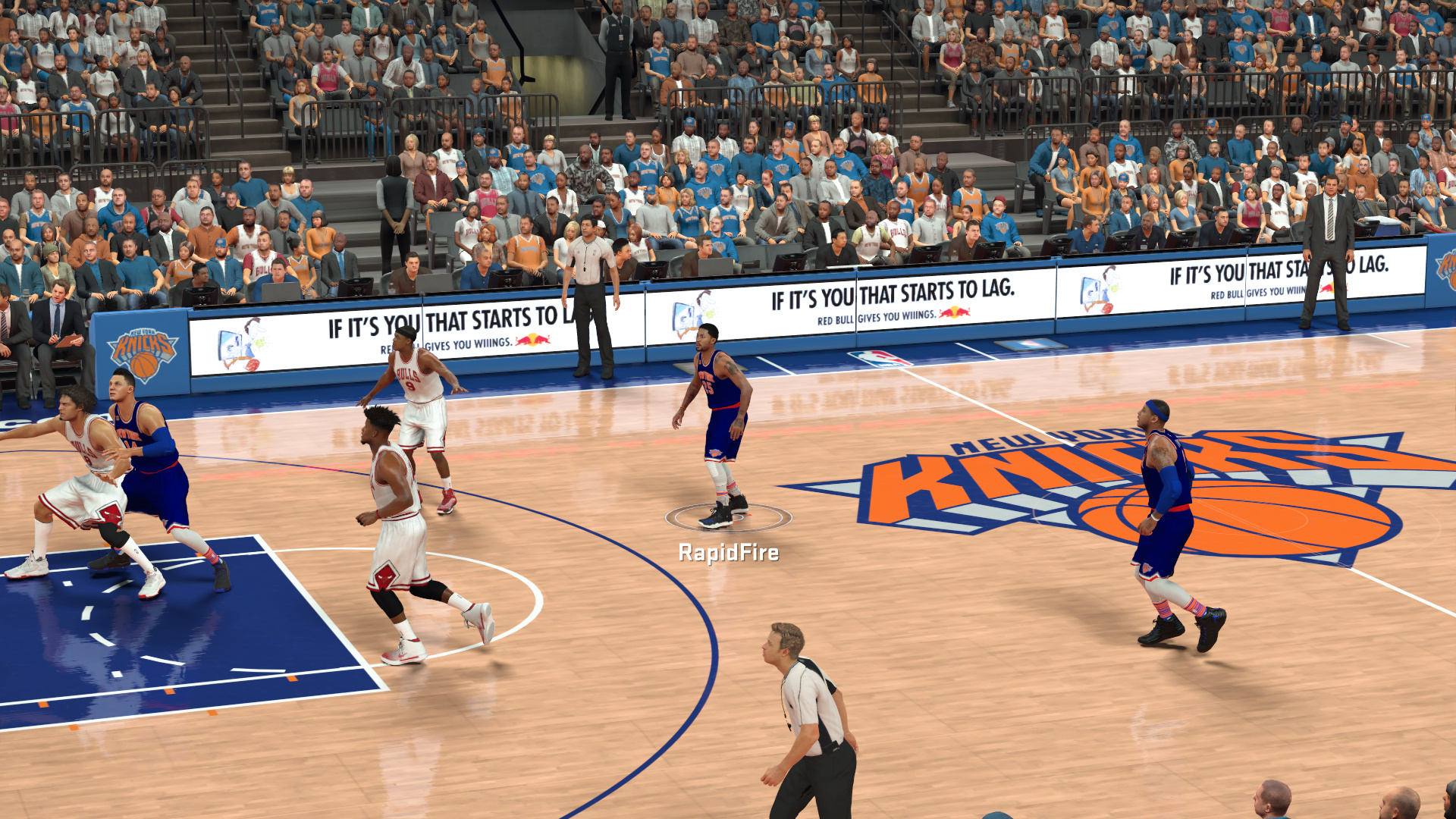

Another example would be a movie aimed at families and kids, such as Universal Pictures’ recently released film, ‘Despicable Me 2’. In this case, the in-game advertising for the film would take place within video games that have a rating of ‘E’ for Everyone in order to reach the appropriate demographic.
As you can see, dynamic in-game advertising allows media buyers to strategically age-target their ads based on game ratings and genres.
To learn more about in-game advertising, or age targeting, feel free to contact us at: https://www.rapidfire.com/contact-us/
One of the lesser known but equally important capabilities of dynamic in-game advertising, is that media buyers can actually strategically age target their ads. This targeting method is not achieved within the ad server, as is the case with the latter, but by utilizing the Entertainment Software Rating Board (ESRB) which applies a rating to all commercial video games.
Common ESRB ratings for video games include ‘E’ for Everyone, ‘T’ for Teen, and ‘M’ for Mature. By knowing the ratings of each of the video games in our in-game advertising network, we’re able to determine which video games are best suited for advertisers and media buyers.
Take for example an energy drink brand, like Red Bull, whom we recently ran a campaign for. Red Bull would be targeting their ads to teenagers and young adults, who would benefit from an energy providing beverage. We would then deliver their in-game advertising within video games that are predominantly rated ‘M’ for Mature, or even certain games rated ‘T’ for Teen.


Another example would be a movie aimed at families and kids, such as Universal Pictures’ recently released film, ‘Despicable Me 2’. In this case, the in-game advertising for the film would take place within video games that have a rating of ‘E’ for Everyone in order to reach the appropriate demographic.
As you can see, dynamic in-game advertising allows media buyers to strategically age-target their ads based on game ratings and genres.
To learn more about in-game advertising, or age targeting, feel free to contact us at: https://www.rapidfire.com/contact-us/


